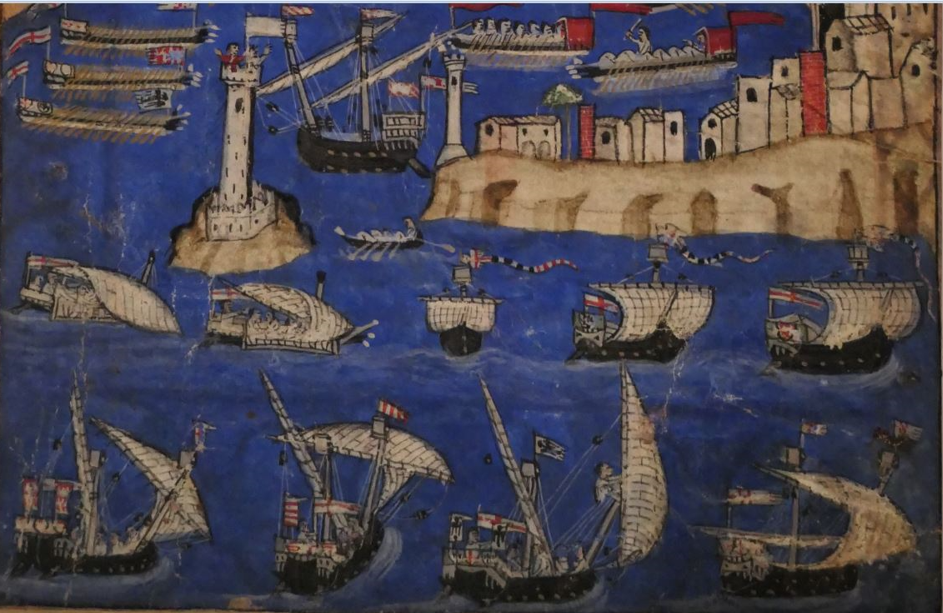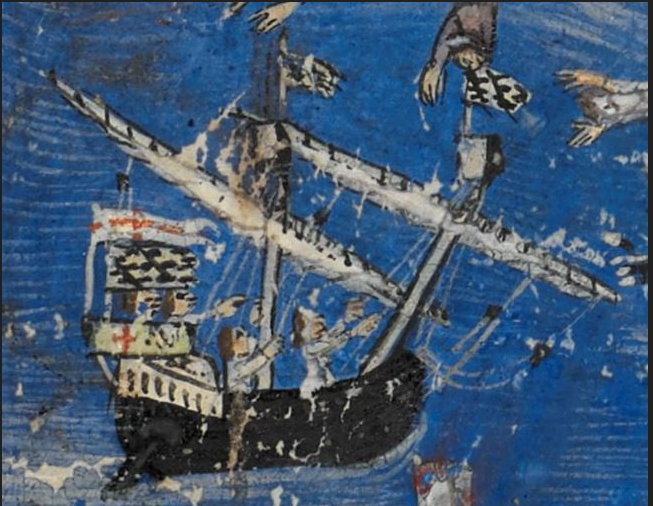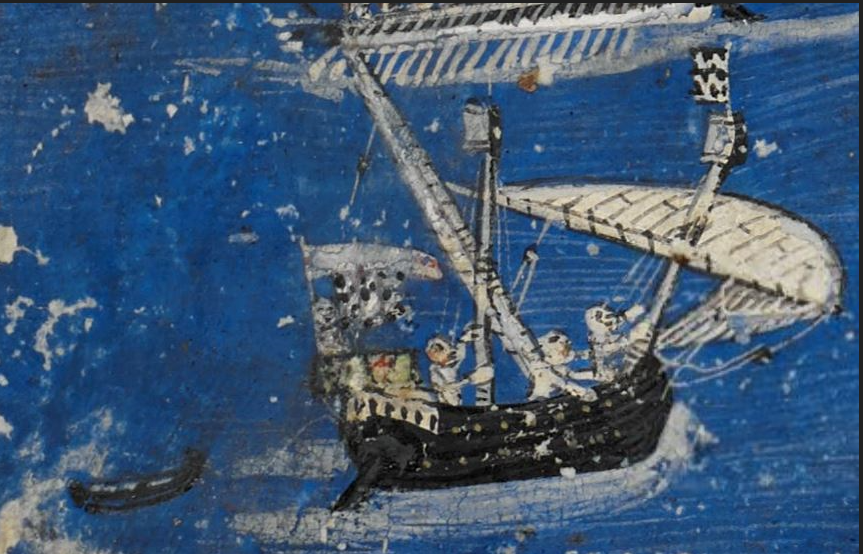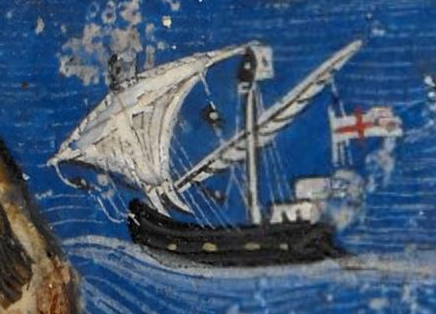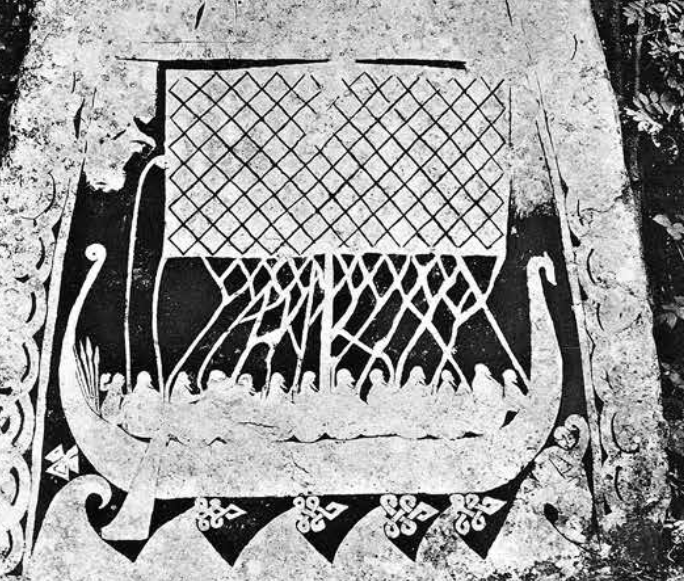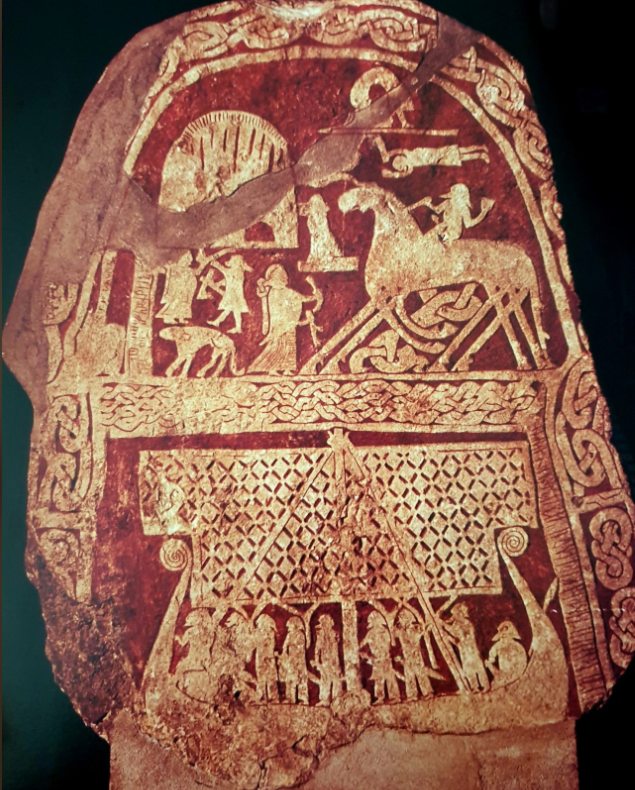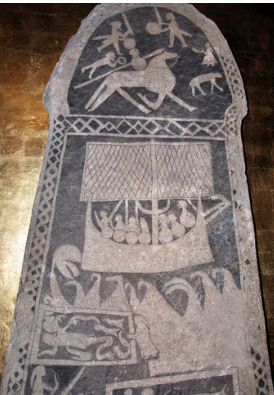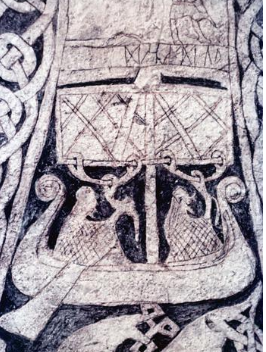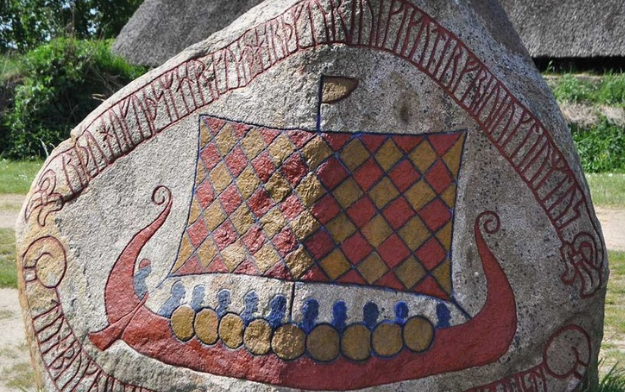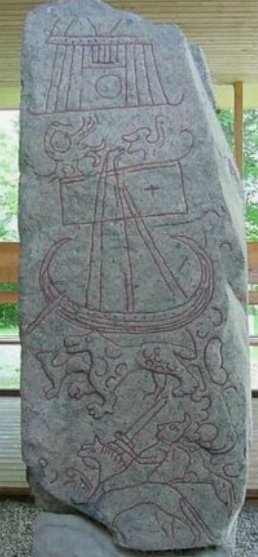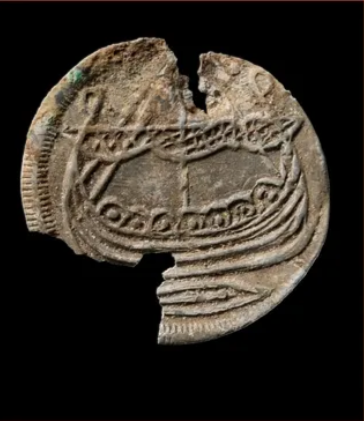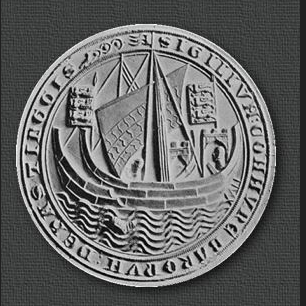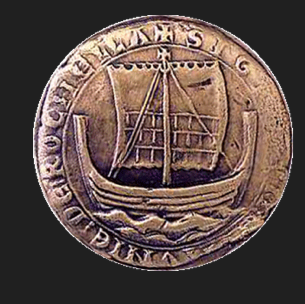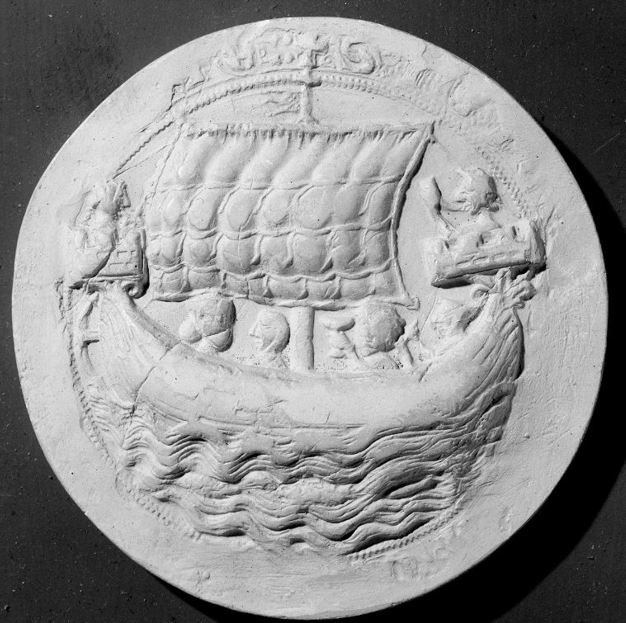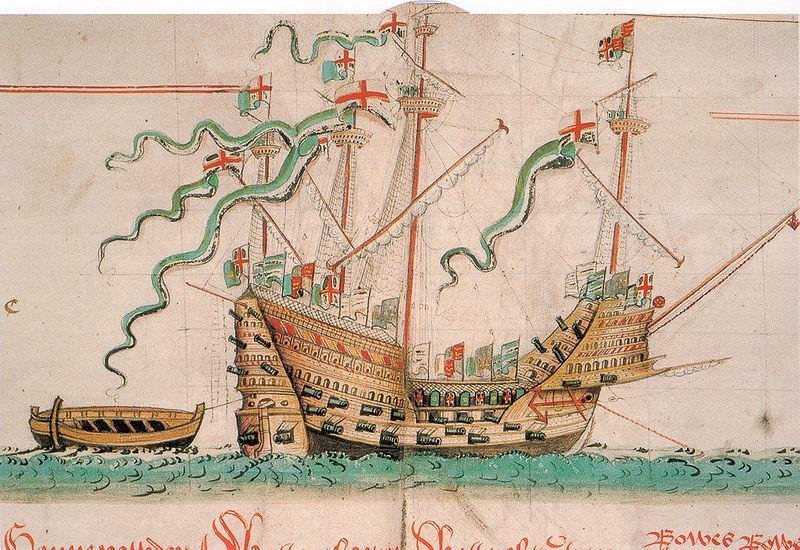-
Posts
7,987 -
Joined
-
Last visited
Content Type
Profiles
Forums
Gallery
Events
Everything posted by Louie da fly
-
I can't claim to know anything about what should be the correct height for the mainmast. McElvogue isn't my favourite author; I'd be looking at Anderson for preference, but even he is working with vessels that are from a period starting out 55 years after the Mary Rose sank, let alone when she was rebuilt (64 years). A lot can happen in that time. So at 1:80 you have 1-2 cm maximum to play with - that equates to 80-160 cm in the real world - 2'7" - 5'4' - in something like 150 feet above deck level - which is only 1.75% to 3.5% of that height. I can't see that making that amount of change would affect things very much. However it's possible that at this time the top and topgallant masts were rather lighter than they became later. Certainly in the late 15th-early 16th century, the topmasts and topsails seem to be nothing much more than an afterthought. But of course we also have to allow for the evolution of sails and masts over the period between then and when Mary Rose was rebuilt in 1536. So really I can't help a lot in answering your question, but I hope I've raised some ideas for consideration. Best wishes, Steven
-
Nice work, Dick. Up to your usual superb standard. The question of whether to include something that will never be seen is a thorny one. I'm a bit inconsistent about it - sometimes I do, sometimes I take the attitude "If you can't see it, it's not there". But it all comes down to personal choice, and yes, you'll know it's there, and that can be the important thing. Satisfaction and pride in your own work are, I think, what counts most. Steven
-
Good observation, mate. Here's a somewhat better resolution copy of the same picture. And some others from the same series that might be of help. Steven
-
That's why a build log is so useful. Fire away with the questions, and remember there's no such thing as a stupid question. Steven
-
Hi to any moderator out there. I was looking to refer a new guy to the instructions on how to start and name a build log for a ship model kit, and I couldn't find them. The ones for a scratch build log are still there, but the ones for kits seem to have vanished. Could they be put back, please? They are a very valuable resource. Thanks, Steven
-
Welcome John, from sunny Ballarat! Where are you based? That model looks like a food good [dammit!]lead-in. A bit of planking but not too much or too complex. And various fittings to give you some practice in skills which will serve you well in subsequent models. I'd say go with that one, and start a build log, under BUILD LOGS FOR SHIP MODEL KITS. The instructions for how to do that used to be there, but I don't seem to be able to find them. But follow the same sequence as with scratch builds, https://modelshipworld.com/topic/8-before-you-post-your-build-log-please-read-this-starting-and-naming-your-scratch-build-log/ just put it in the kit section. A build log is very good for getting help and advice, asking questions etc. The people here are friendly and very helpful. And we get to see your progress and some nice piccies. And have fun with it. Steven
-
Tom, I just answered a question you'd put up in 'Masting, Rigging and Sails' back in November regarding the presence of reef points on the sails of Viking ships. It doesn't really apply now you've finished the model - I wish I'd noticed it earlier - but you might find it of interest. Steven
-
Regarding reef points. As far as I know there is no physical evidence and no contemporary representations of reef points on Viking ships' sails. There are, however, representations of other means of controlling the sails. I find this one particularly interesting: which is backed up with three of similar type but simpler: There's a modern interpretation of how that would have worked at https://vikingar.historiska.se/object_details.php?object=A073A34E-2719-4C7F-BAAD-4B681453D2CA&e=&l=en And here are some more representations of sails (the paint on the last one is modern), but not a lot of help in determining how the sail worked: https://i.pinimg.com/236x/92/10/f6/9210f65d03c07b188236eea760be023b.jpg Yes, reef points did exist in mediaeval times - in fact they were superseded by bonnets in the 15th century, which in turn were superseded again by reef points (of a different design) about a century later. There's a discussion of mediaeval reef points at https://modelshipworld.com/topic/25641-the-elusive-hulc-by-woodrat-finished-132-plank-on-frame-a-speculative-reconstruction-of-a-mediaeval-merchantman/page/6/ - but the earliest record I have of them is the seal of la Rochelle c. 1200, Hastings of "13th century" and Dublin of 1297 So to answer your question, no evidence for reef points on Viking ships, but some other very interesting rigging ropes which I would dearly like to be able to figure out as to how they worked. And the coin pictured above shows they seem to have furled their sails using brails, but no evidence as to how they shortened sail. Steven
-
Very nice work, Doug. Looking very good. As I mentioned earlier, I chickened out on adding netting on my own Great Harry, but I found gauze at a fabric store that would have done the job nicely. You know, the stuff that goes on bridal gowns etc. Might be worth checking out. Probably synthetic, but what the hey. I chose black, firstly because the original stuff was probably tarred, secondly so it didn't grab the attention too much away from the rest of the ship. Probably on what is known as a pavesade - basically just a railing that holds shields. They were probably tied to the rail by a rope passing through their enarmes (the straps at the back that you hold the shield by). That's certainly what I did with the shields on my dromon build, and it worked fine (though you have to make sure you get the alignment right). Steven
-
Good to hear from you, Keith. Because of my own speciality of interest, I rarely look at other time periods so I didn't realise the other stuff you were doing. I fully understand putting the 'carrack' on the back-burner, though. It allows you to concentrate of the things you really want to be doing. Happens to me, too. Best, Steven
-
I second that. I've been following along and it'll be good to see her progressing again. Steven
-
Great footage, Mark. Good to see the budgie smugglers getting an airing, too . . . 😁 Steven PS: I used to live a short walk from the beach at Coogee. Nice memories.
-
Yes, to reduce leeway when the ship can't have a deep keel because it works in shallow waters. Here's a Humber keel using one (thanks Lightflite!) - check out from about 20:15 onward. Steven
-
That's all looking very good, Doug. I like the paintwork, very neat. And you have the narrow white stripe between the red and the yellow. Very nice. That works nicely. Arches seem to have been a bit of thing at this time, so I think you've got a pretty good justification for it. Oh, do it if you possibly can. You do know they've actually found the original, don't you? https://maryrose.org/artefacts/emblem-figurehead/ If you're worried about carving it, don't be. That's just a matter of practice. And using the correct wood (fruit woods are nice and fine grained - pear, apple , cherry. Or better still English box - buxus sempervirens - that's amazingly good). Have ago! Carving can be very rewarding and fulfilling (and addictive if you're not careful!) No, there's no need. I made the mistake of not even including the decks at all in my Great Harry (hey, I was seventeen - I didn't think ahead far enough) and had terrible trouble supporting the cannons inside. I had to do all kinds of dodgy work to make it happen. Never again. But there's certainly no need to have planking on a deck that nobody will every see. Very nice. Yes, that's a bit of a mystery. I don't think it's an open railing, which was the first thing that came to mind, as it doesn't continue around the stern. But the transom is not the same as the sides - it has to be solid to support the spar that takes the lateen sheet, so maybe that is an open railing after all. But yes, there is a narrow line of stripes above it. Perhaps a broad, painted top rail? I know McElvogue has shown a wooden support structure in his book, but I'm pretty sure that's speculative - I don't think anything was actually recovered. But I'm pretty sure the remnants of netting he shows are the real thing. I'd say, however, that his idea is practical and is quite probably what was done. Have a look at the "boarding frames" - that is, sort of pergola things that served the same purpose on earlier carracks. McElvogue's design is similar, but with the 'rafters' further apart, which would be sensible as the netting takes the place of the intervening rafters to act as a barrier to boarding. The main issue I had was - how do you deal with the problem of belaying all your rigging lines if a boarding netting is in the way? They normally belay either to the side of the ship or close to the relevant mast, and it's probably possible to work it all out. But you'd have to think it through well in advance so as not to paint yourself into a corner. To be honest, I had been planning on a boarding netting on my Great Harry, but I chickened out - it all seemed too difficult. Though that was at 1:200 - yours at 1:80 shouldn't be as hard. Steven
-
You're using the wrong wood, mate. You've actually done a very nice job - the little dove looks good - the talent is there but that woodgrain is far too coarse for this kind of fine work. Get hold of some fruit wood - pear is good, apricot is better. If you really want the best wood for fine carving, get hold of some English Box (buxus sempervirens) - it's incredibly fine and wonderful to carve. And keep on practising. If you're not satisfied with it, have another try until you are. It's worth the extra work to have something you feel good about. Steven
About us
Modelshipworld - Advancing Ship Modeling through Research
SSL Secured
Your security is important for us so this Website is SSL-Secured
NRG Mailing Address
Nautical Research Guild
237 South Lincoln Street
Westmont IL, 60559-1917
Model Ship World ® and the MSW logo are Registered Trademarks, and belong to the Nautical Research Guild (United States Patent and Trademark Office: No. 6,929,264 & No. 6,929,274, registered Dec. 20, 2022)
Helpful Links
About the NRG
If you enjoy building ship models that are historically accurate as well as beautiful, then The Nautical Research Guild (NRG) is just right for you.
The Guild is a non-profit educational organization whose mission is to “Advance Ship Modeling Through Research”. We provide support to our members in their efforts to raise the quality of their model ships.
The Nautical Research Guild has published our world-renowned quarterly magazine, The Nautical Research Journal, since 1955. The pages of the Journal are full of articles by accomplished ship modelers who show you how they create those exquisite details on their models, and by maritime historians who show you the correct details to build. The Journal is available in both print and digital editions. Go to the NRG web site (www.thenrg.org) to download a complimentary digital copy of the Journal. The NRG also publishes plan sets, books and compilations of back issues of the Journal and the former Ships in Scale and Model Ship Builder magazines.





